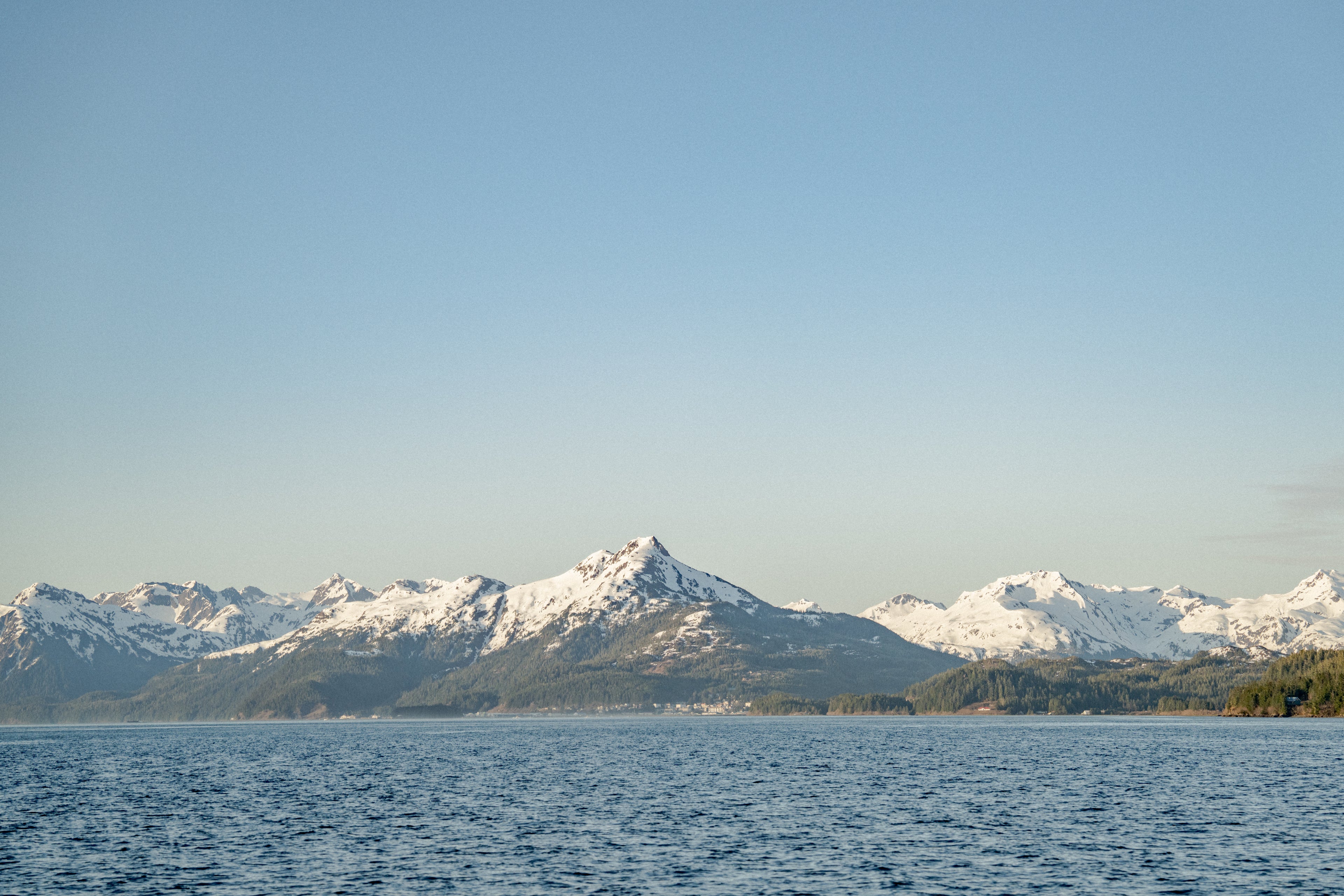Our Plants
Sustainability Is More Than A Logo — It’s An Investment
Trident Seafoods Shoreside Processing Facilities
What sets Trident apart from its competition is the commitment we make to know our ocean, know our fishermen, know our fish, and enhance the value of our products “from fleet to fork” Our commitment is more than an understanding of our supply chain; it’s a series of multi-million-dollar investments made in remote communities to provide clean, efficient primary processing operations and critical fleet support services along thousands of miles of rugged Alaska coastline from Wrangell to St. Paul.

Akutan, AK
Akutan is a self-sufficient seafood production facility and the largest in North America. With over 1,400 employees during peak seasons, it processes over 3 million pounds of raw fish daily, primarily focusing on wild Alaska pollock but also handling cod, crab, halibut, and more. The plant produces traditional boxed seafood, surimi, and utilizes secondary products like pollock roe and fish oil, aiming for full utilization of the fish.

Cordova, AK
Strategically located near the Copper River and Prince William Sound salmon fisheries, a steady supply of wild Alaska salmon throughout spring and summer. Sockeye and king salmon are available from May to early June, followed by summer runs of sockeye, keta, and pink salmon. This seasonal activity supports over 500 workers. Cordova primarily produces traditional canned salmon and high-quality wild salmon oil for human health and pet supplements. Hydrolysates for animal feed and organic fertilizers are captured, showcasing Trident's commitment to full utilization.

North Naknek, AK
Trident’s Bristol Bay shore-based facility is a model of processing efficiency and full utilization. Naknek generates a variety of high-quality primary products. The plant employs more than 600 seasonal workers and supports an independently owned fleet of more than 400 salmon harvesters. The Naknek freezer and meal plant are capable of complete utilization of the fish, producing a range of high-quality products of fresh and frozen H&G, vacuum-packed and IQF fillets, frozen roe, fish meal, and fish oil.
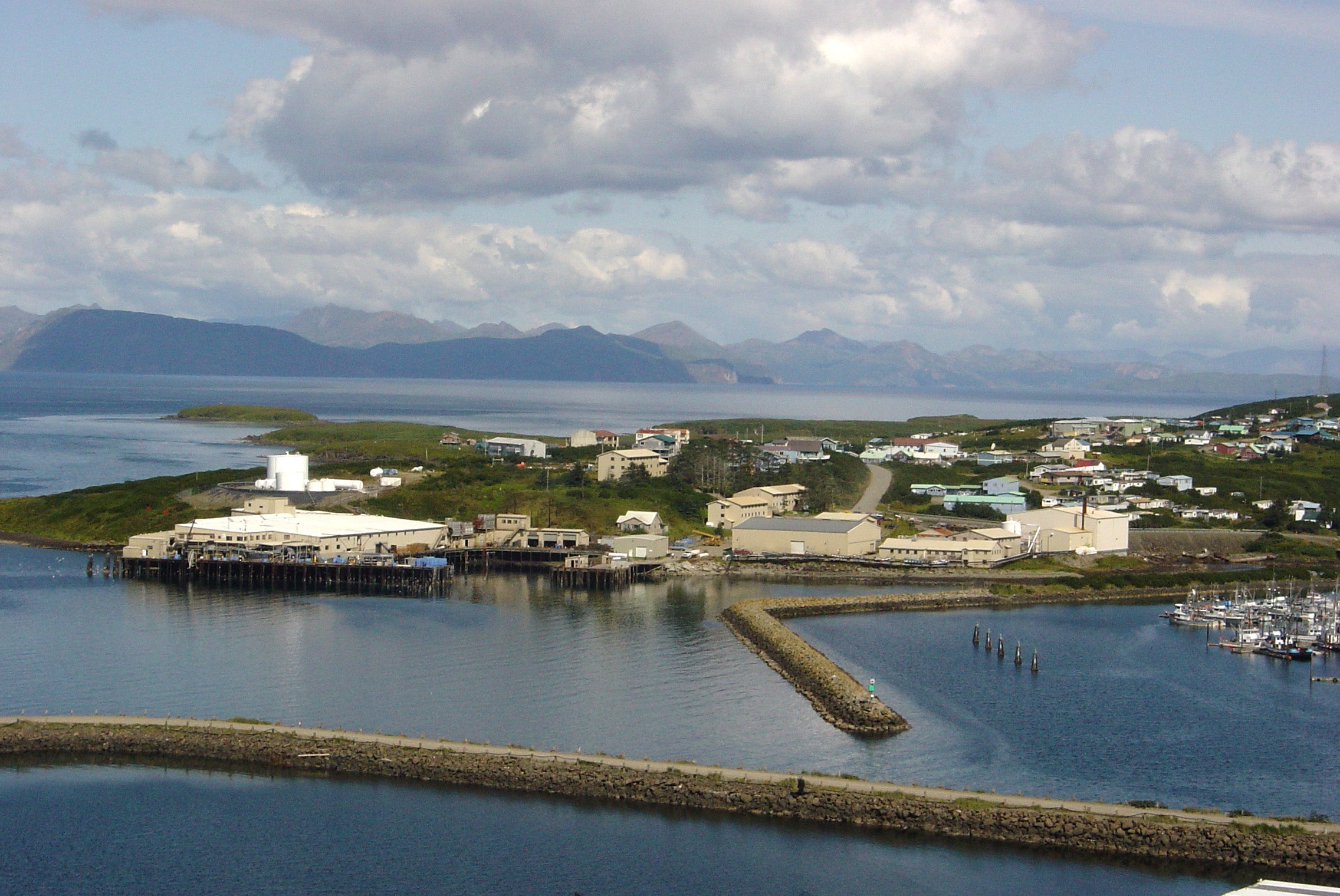
Sand Point, AK
Sand Point is ideally located to service an active, local fleet of independent fishermen harvesting a variety of groundfish and salmon from the central Gulf of Alaska. Among them are all species of wild Alaska pollock, salmon, cod, halibut, black cod and crab. A true multi-species, multi-seasonal facility, Sand Point operates year-round. Processing up to 180,000 pounds of salmon per day and seasonally employing between 50 and 120 employees, Sand Point has the ability to cross-dock up to one million pounds when needed.
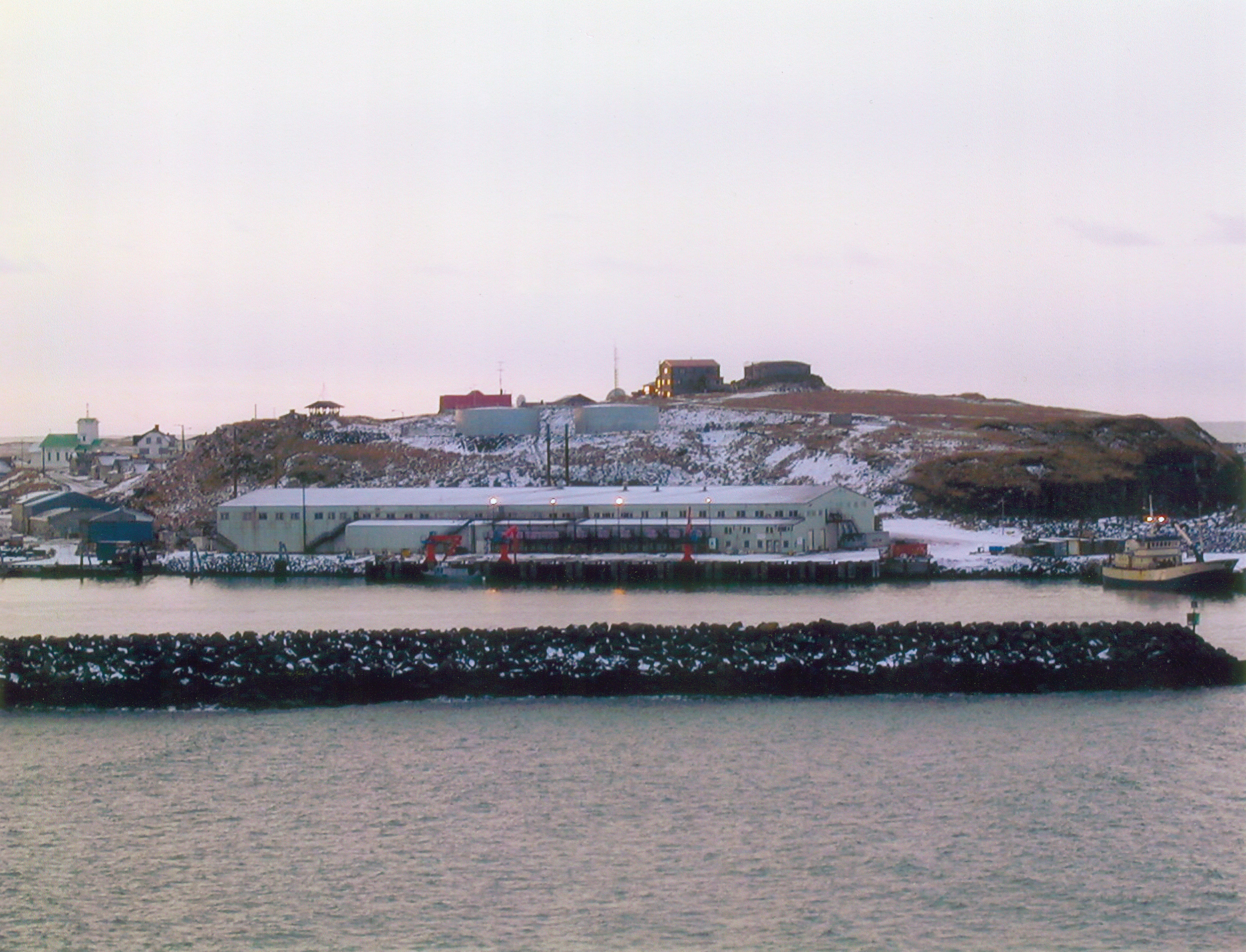
St. Paul, AK
Highly automated for efficient snow crab production, the operation can butcher, cook, freeze and box as much as 400,000 pounds of opilio per day. The plant also handles Red King, Bairdi, and Opilio crab during the late fall and winter months. Halibut is delivered by a local fleet of small vessels in the summer months. During the peak of snow crab season in January-March, the plant employs as many as 280 workers.
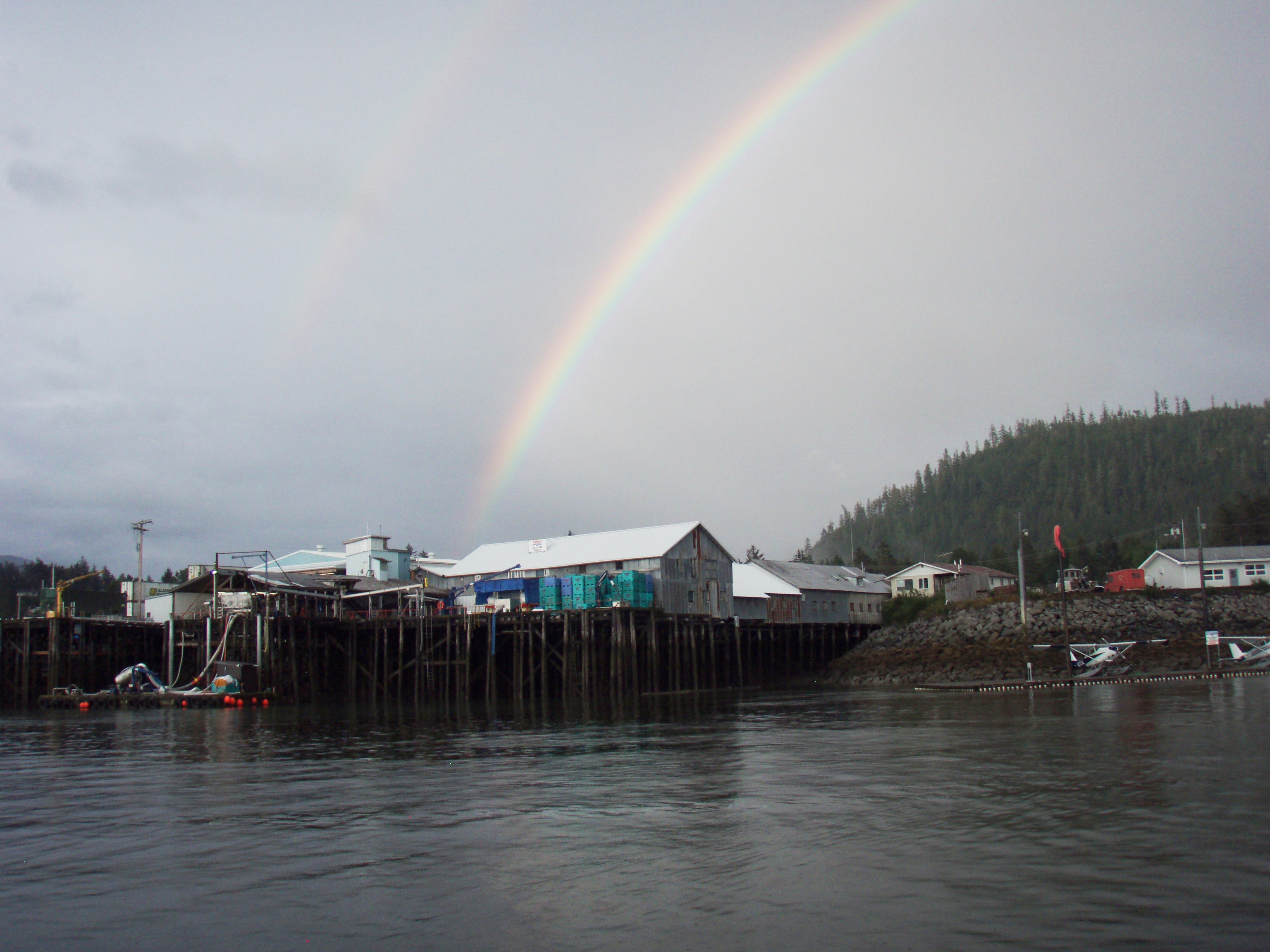
Wrangell, AK
Wrangell is ideally situated to service a fleet of independent purse-seine and gillnet vessels fishing all species of wild Alaska salmon. In peak summer season, Wrangell employs around 120 workers. The plant ships some fresh fish but is otherwise dedicated to the production of high-quality frozen, H&G product. The Wrangell plant can handle up to 750,000 pounds of raw fish per day.
Trident Seafoods Value-Adding Processing Facilities
It takes dedicated people, specialized equipment and uncompromising commitment to turn great fish into great frozen seafood. At Trident we bring all three together to make great seafood simple — simple to prepare, simple to cook, and simply delicious. With dedicated facilities and dedicated teams of R&D professionals on either coast, we stay convenient to customers, we stay ahead of the trends, and we stand firmly behind every piece of fish that we sell.
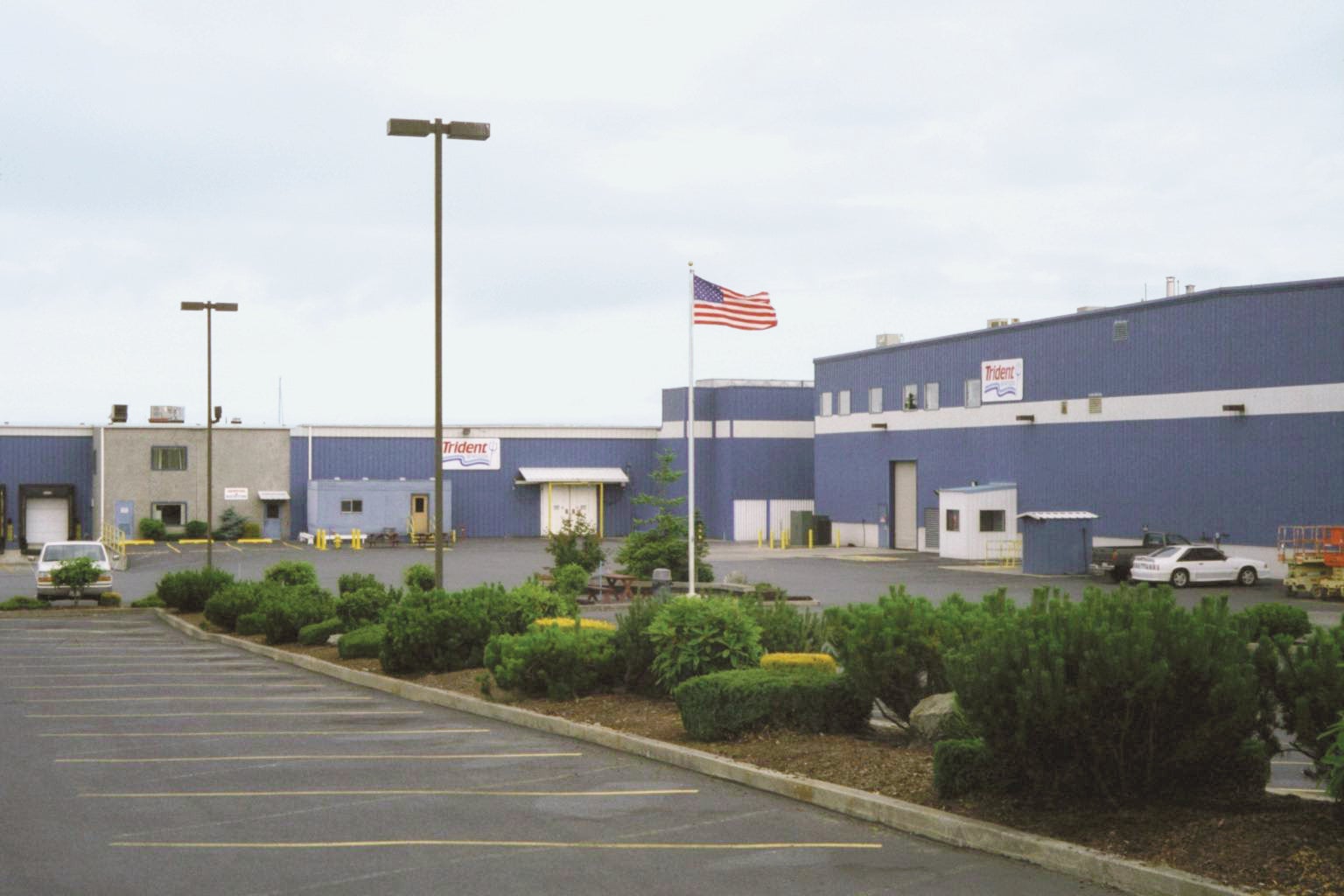
Anacortes, WA
This state-of-the-art secondary processing facility opened in 1989 and includes a large cold storage operation. The Anacortes plant produces portion-controlled products from frozen fish fillets and blocks such as Alaska pollock, cod, salmon and halibut. Many products are battered, breaded, glazed, fryer and oven-ready. Our finished products are ideal for food service, institutional, and restaurant applications and distributed to various locations around the world. Trident employs about 250 employees and currently produces up to 75 million pounds of finished product per year.
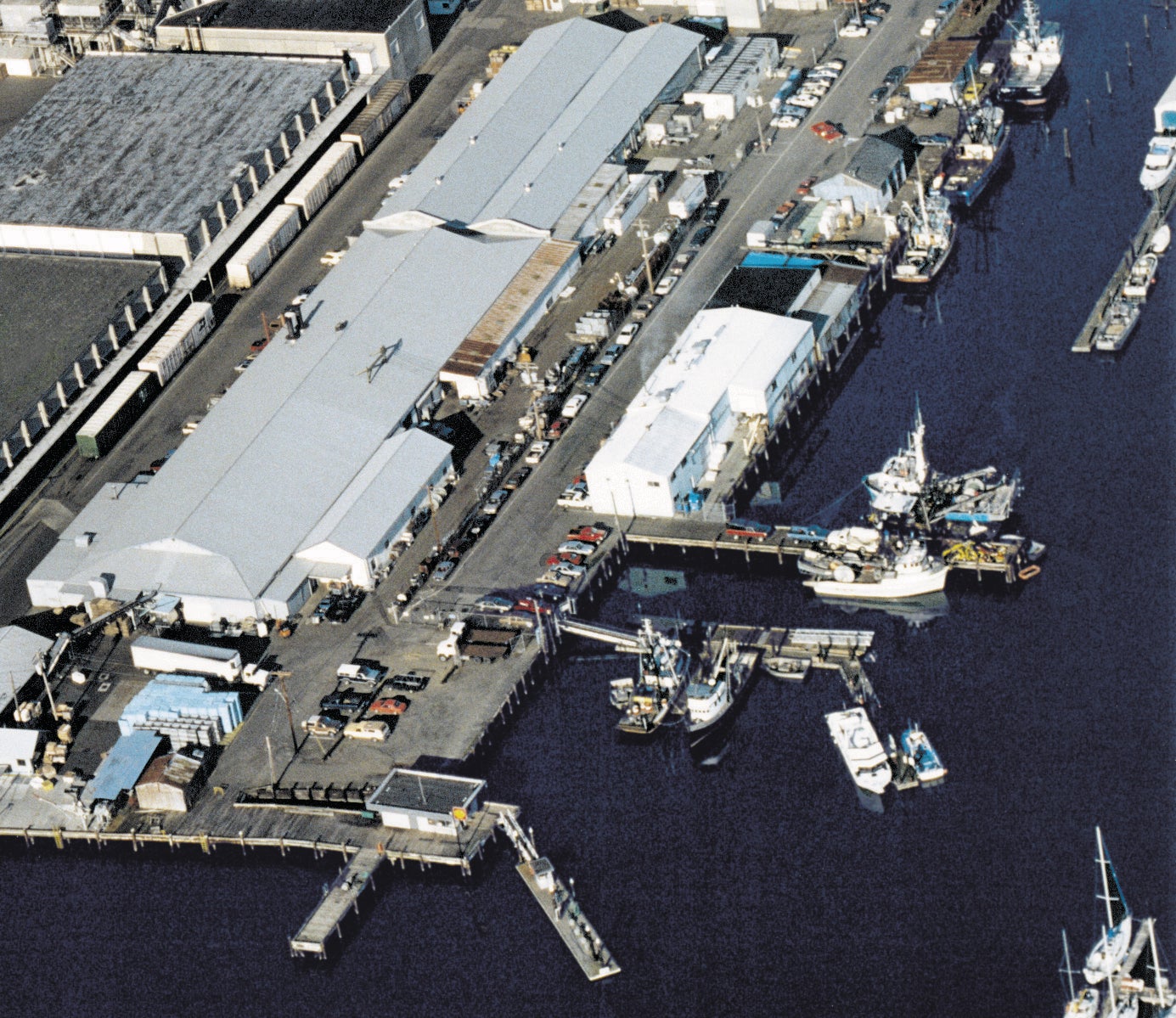
Bellingham, WA
Trident’s Bellingham facility handles year-round frozen fish portioning and value-added products. During Puget Sound salmon season in summer and fall, the plant expands its operation to include primary processing of wild salmon harvested by independent tribal and non-tribal vessels targeting sockeye, pink and chum salmon. Many of these fish are processed and sold fresh to local markets and into a variety of other frozen product forms. The plant employs approximately 140 full-time workers on its value-added lines, supplemented by 100 seasonal employees during the “fresh” salmon season.

Carrollton, GA
Fulfilling the need to service major customers on the East Coast, the Carrollton plant produces a full line of battered & breaded, marinated and seasoned seafood items for national accounts, food service, and retail buyers. Highly automated and computer-controlled, the plant features an 88,000 sq./ft. manufacturing floor, overlooked by a dedicated R&D facility. Immediately adjacent to the production facility is a new 67,000 sq./ft. cold storage and distribution center with 15 climate-controlled truck bays. The plant employs 175 workers from the local community.
png?format=jpg&auto=webp&width=3840)
Everett, WA
Trident's smoke house produces a variety of high-quality hot and cold-smoked salmon items for customers across all channels. This state-of-the-art, electronically controlled smokehouse is Kosher-certified Kof-K and exercises scrupulous food-safety and quality-control protocols as it slow-smokes wild-caught salmon fillets and portions over natural alder wood. With 100,000 square feet of space, the plant provides efficient product flow and substantial frozen storage space. The plant operates multiple shifts year-round and employs approximately 250 people.

Motley, MN
Motley is North America’s largest producer of surimi seafood products with an annual capacity of over 100 million pounds. BRC-certified products include refrigerated and frozen surimi seafood and fully cooked Redi Grilled™ Alaska salmon and Alaska pollock, for use in retail, food service, and international markets in the U.S., Canada, Europe, Mexico, and South America. At full capacity, the plant employs upwards of 400 full-time team members.
